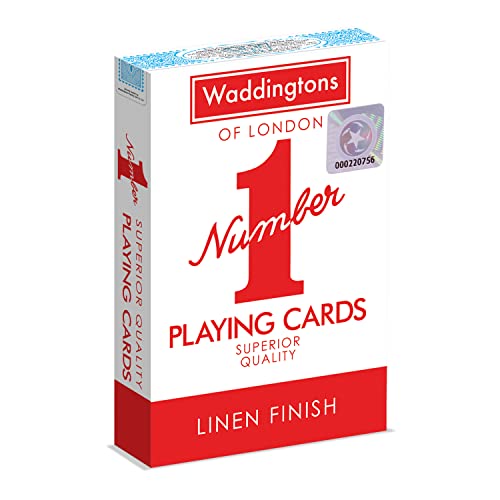Plastic vs Paper Playing Cards: Understanding the Differences
When it comes to playing cards, most people don’t give much thought to the material they’re made of. However, the choice between plastic and paper playing cards can make a big difference in terms of durability, handling, and cost. In this article, we’ll break down the key differences between plastic and paper playing cards to help you choose the best option for your needs.
Plastic Playing Cards: Benefits and Drawbacks
Plastic playing cards are made from PVC (polyvinyl chloride), a durable and water-resistant material. Plastic cards are generally considered to be the more premium option due to their longer lifespan and better handling. They are also easier to shuffle and deal, as well as being more resistant to wear and tear. However, there are some drawbacks to plastic playing cards. They can be more expensive than paper cards, and they may not have the same classic look and feel that some players prefer.
Paper Playing Cards: Benefits and Drawbacks
Paper playing cards are made from a blend of paper and cardboard, making them lightweight and affordable. Paper cards are usually the go-to option for casual players or those who need a large quantity of cards for events or parties. They also have a classic look and feel that some players prefer over plastic cards. However, paper cards are less durable than plastic cards and are more susceptible to damage from water or rough handling. They may also be more difficult to shuffle and deal due to their lightweight construction.
Factors to Consider When Choosing Between Plastic and Paper Playing Cards
When deciding between plastic and paper playing cards, there are several factors to consider. First, think about your intended use for the cards. If you’re a serious player who will be using the cards frequently, investing in a set of plastic playing cards may be worth the extra cost. If you’re looking for a more casual option or need a large quantity of cards for a special event, paper cards may be the better choice.
Other factors to consider include the look and feel of the cards, as well as any specific features you may be looking for, such as jumbo index or bridge size. Ultimately, the choice between plastic and paper playing cards comes down to personal preference and the specific needs of the player.
Whether you prefer the durability and handling of plastic playing cards or the classic look and affordability of paper cards, there is a set of playing cards out there to suit your needs. By understanding the differences between these two materials and considering your individual needs as a player, you can choose the best option for your playing style and budget.






